Once your lawn is grassed and ready to go, all that would be left is to keep it in good shape throughout the years. A well-maintained lawn can serve as a living space for outdoor activities as well as a playground for birds and squirrels. Taking care of your turf shouldn’t be a daunting task — and it isn’t. As a matter of fact, it can be a rewarding experience both emotionally and practically.
While irrigating your lawn can be done automatically through the use of sprinklers, other tasks can be a stroll in the park (quite literally). Does the soil need to be aerated? Simply wear one of those spiked shoes and walk around on your lawn. Does the grass need trimming? Get on your riding lawn mower and go for a drive around the backyard. Giving your turf the attention it needs will allow you to enjoy it for a very long time.
Mow Your Lawn on a Regular Basis
Regularly mowing your lawn allows the roots to spread out and fill the gaps in the soil, preventing the growth of weeds. Consider trimming the grass on a weekly basis during the summer and once every two weeks during the rest of the seasons — even less frequently during colder winters. In summer, adjust the cutting height of your lawnmower to about three or four inches. This will keep the grass from turning brown in dry conditions and the height of the grass will shade the soil from intense sunlight. Make sure not to mow your lawn when the grass is wet as doing so might impede healthy growth in the future. You may also want to keep your mower in good shape and the blades sharp enough for a clean cut.
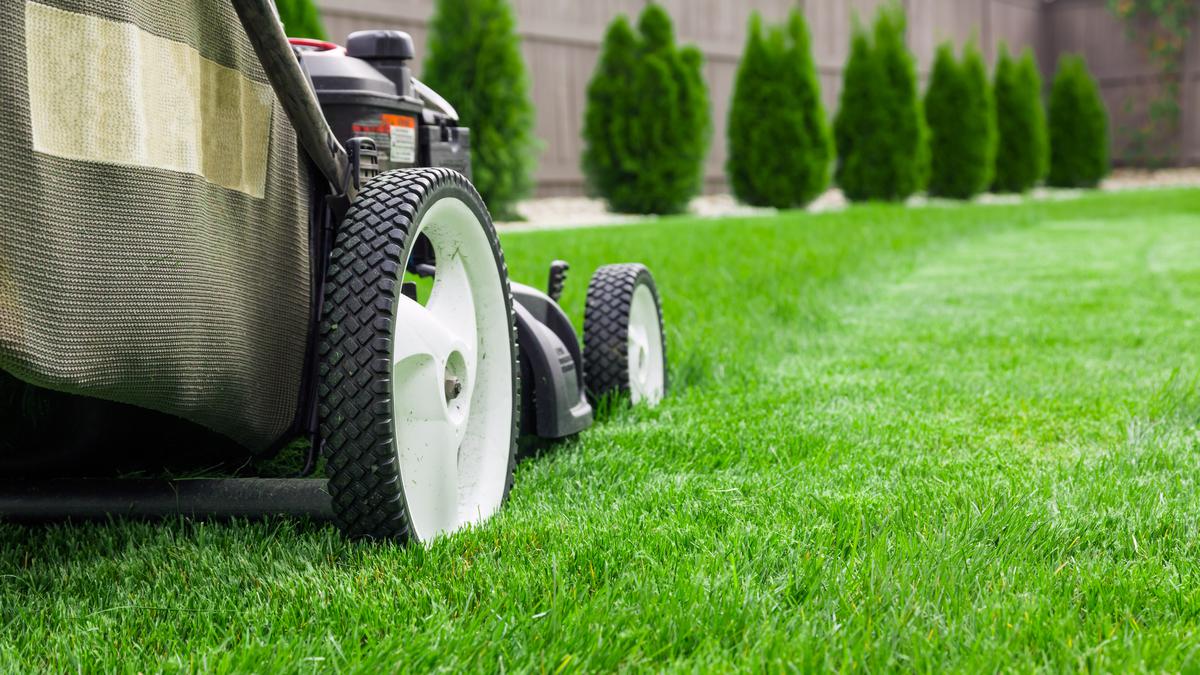
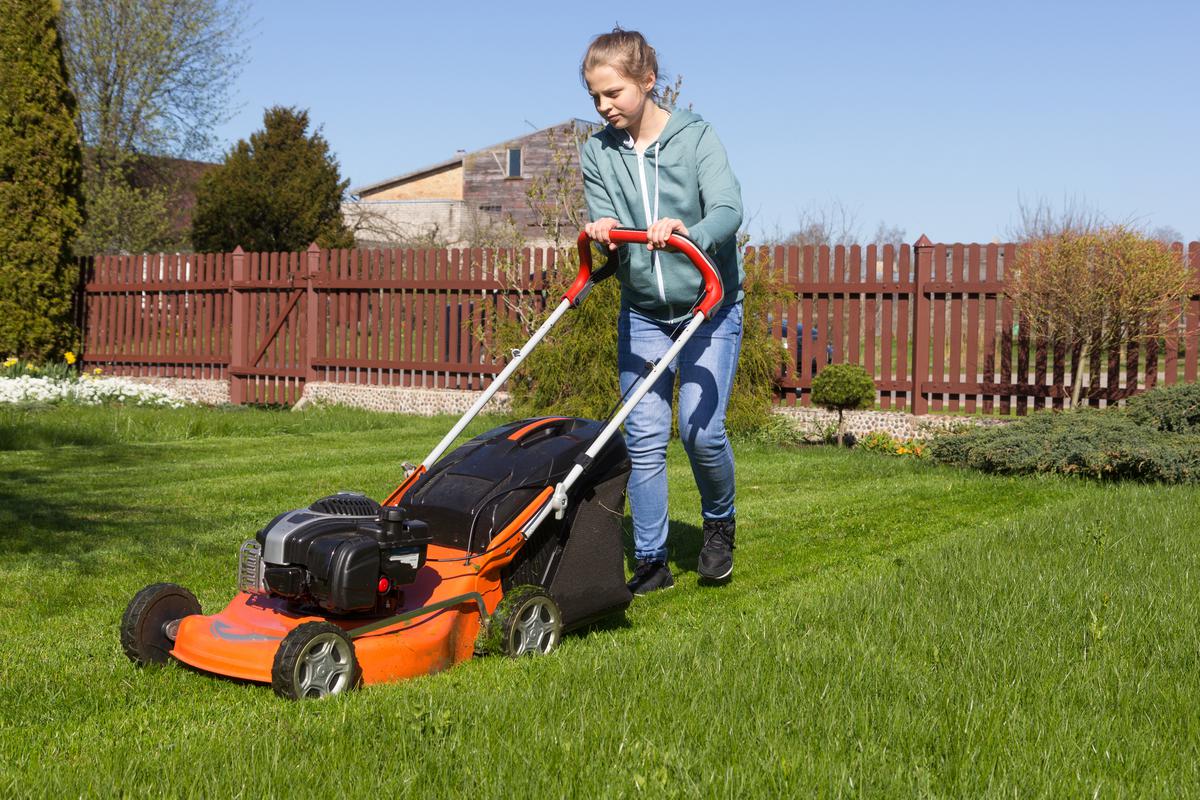
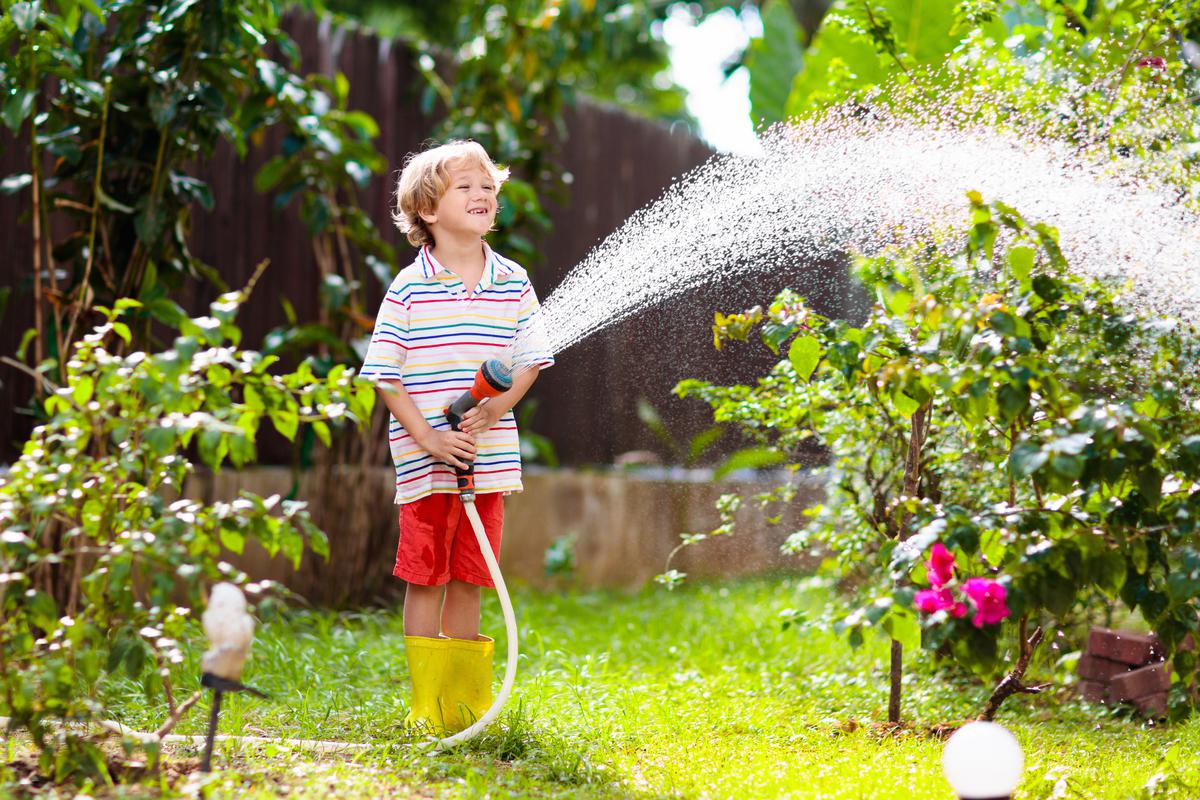
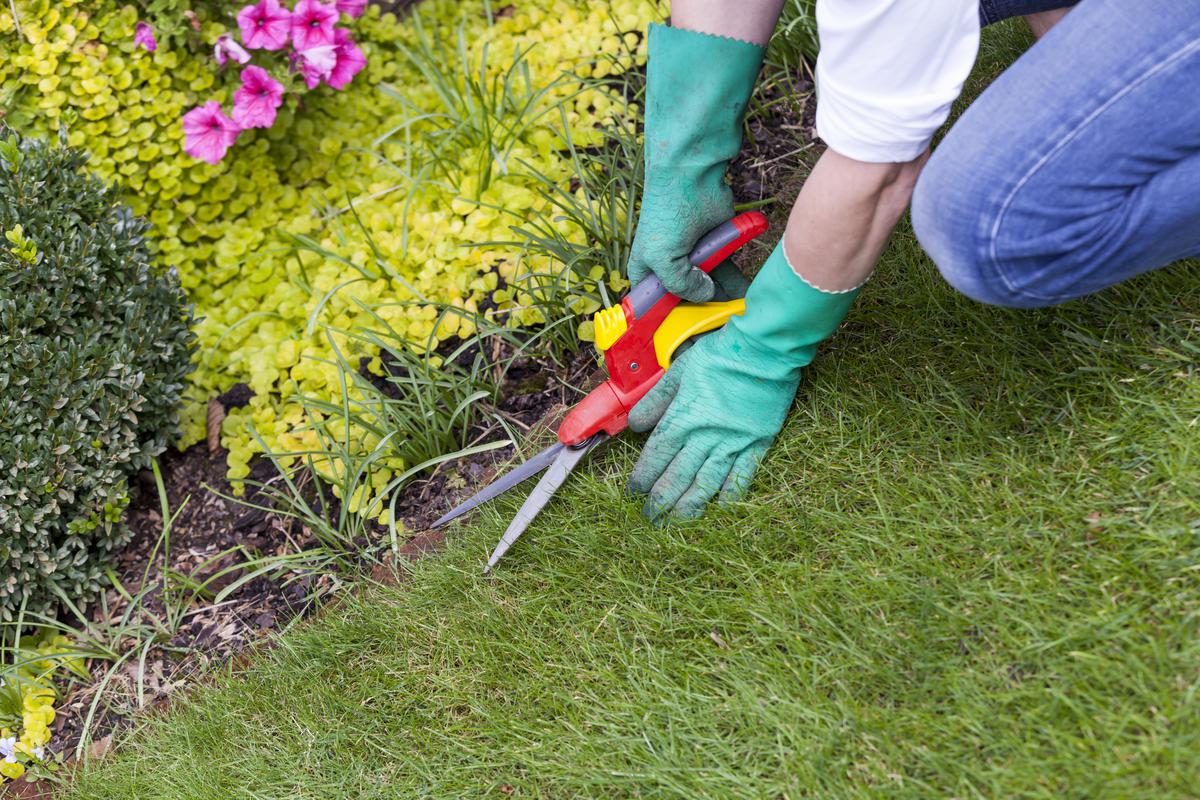
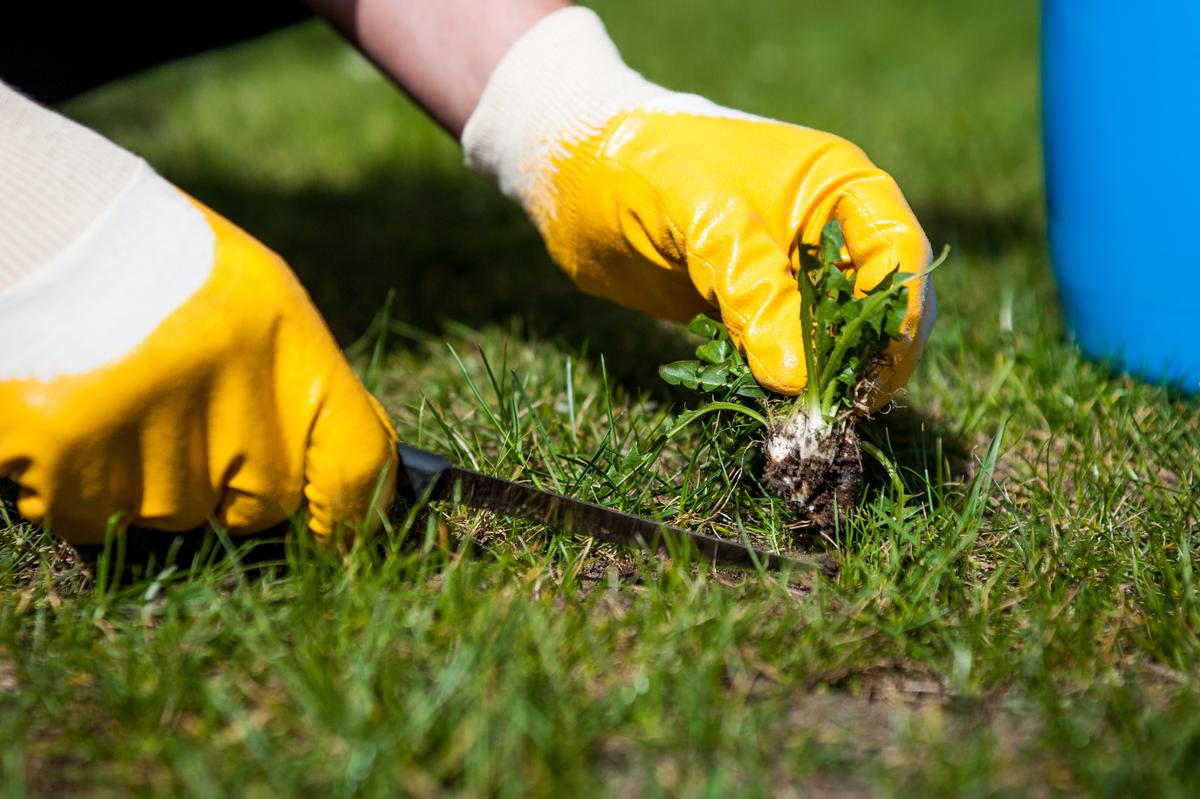

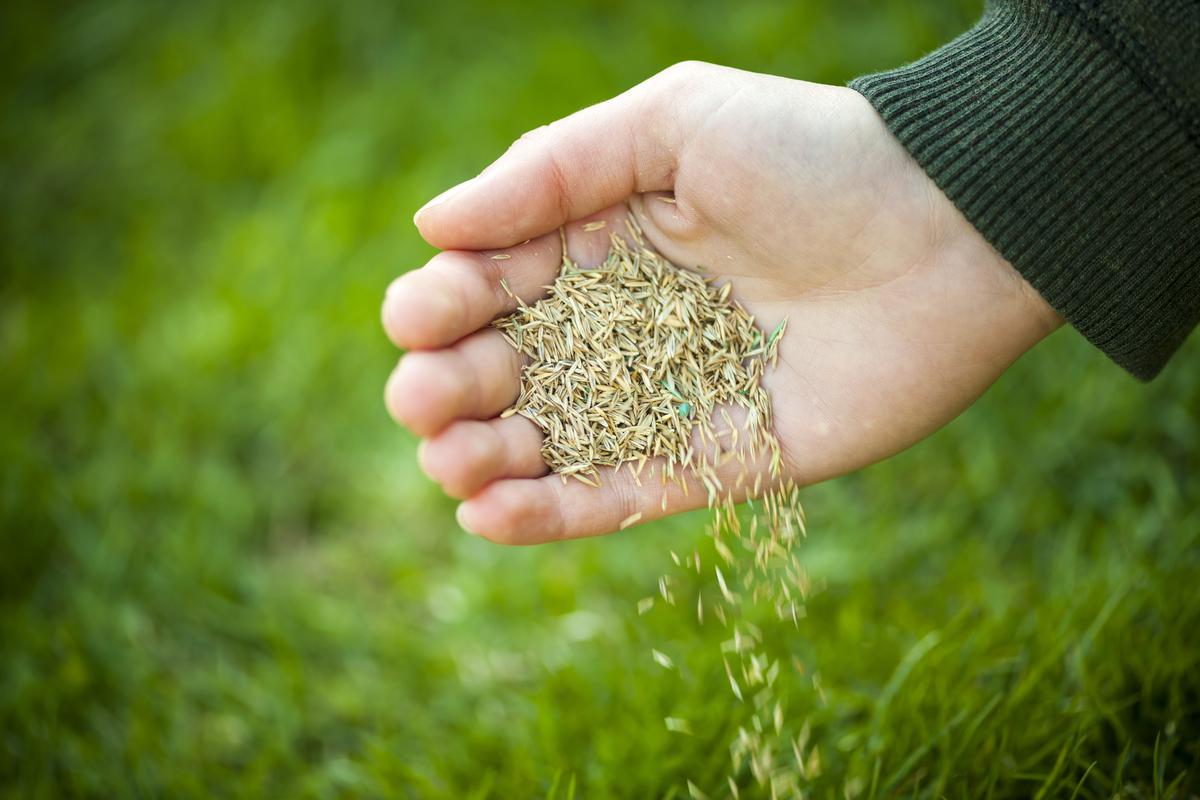
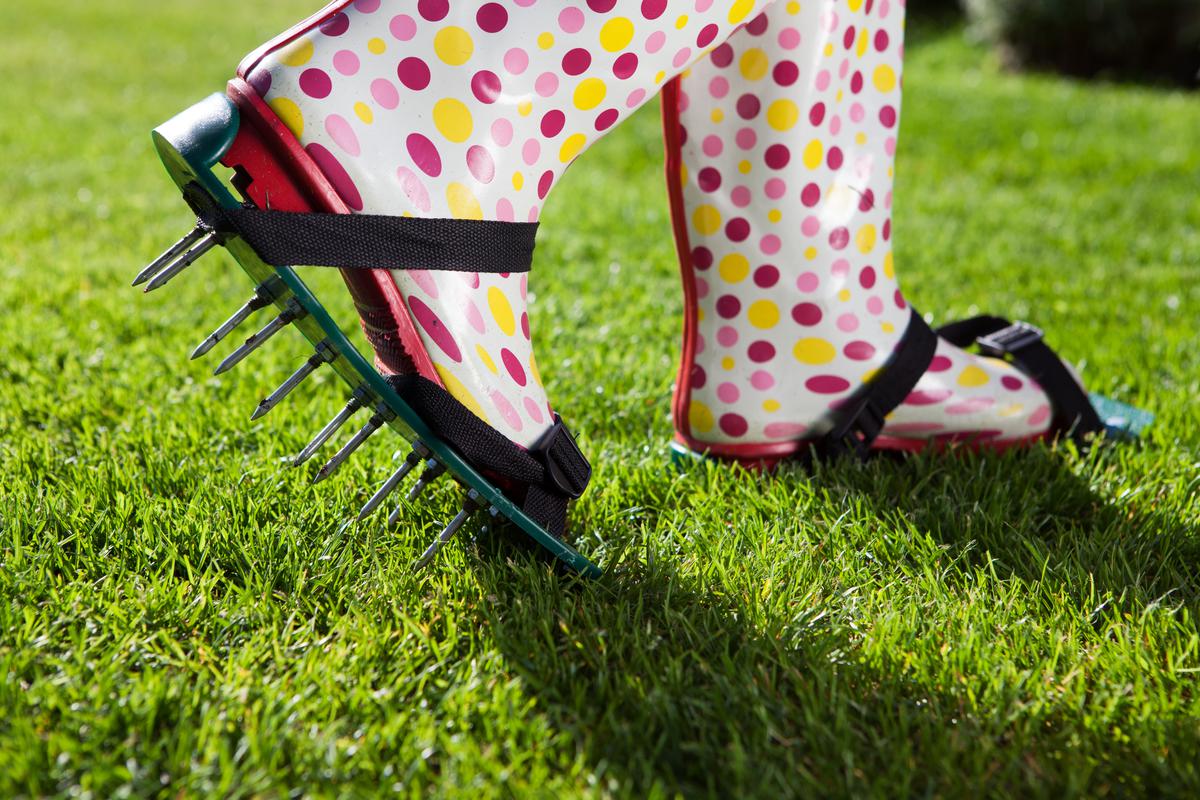
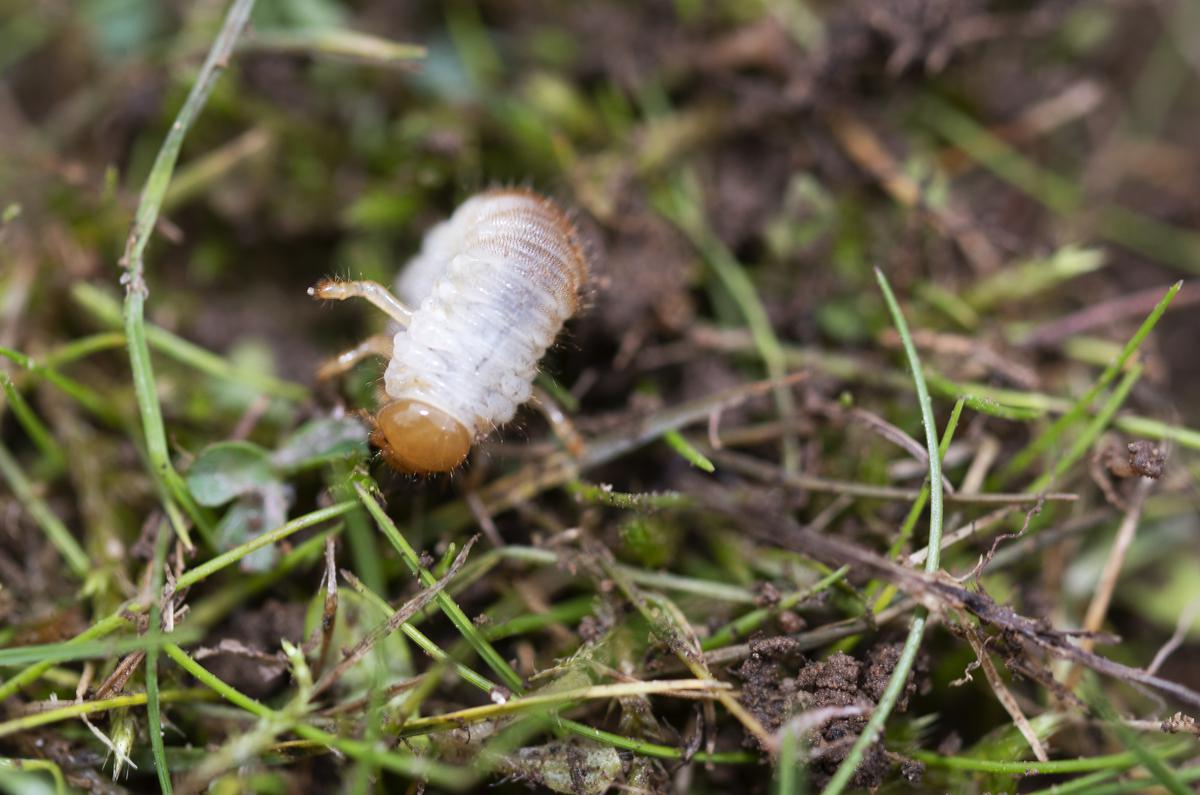





comments